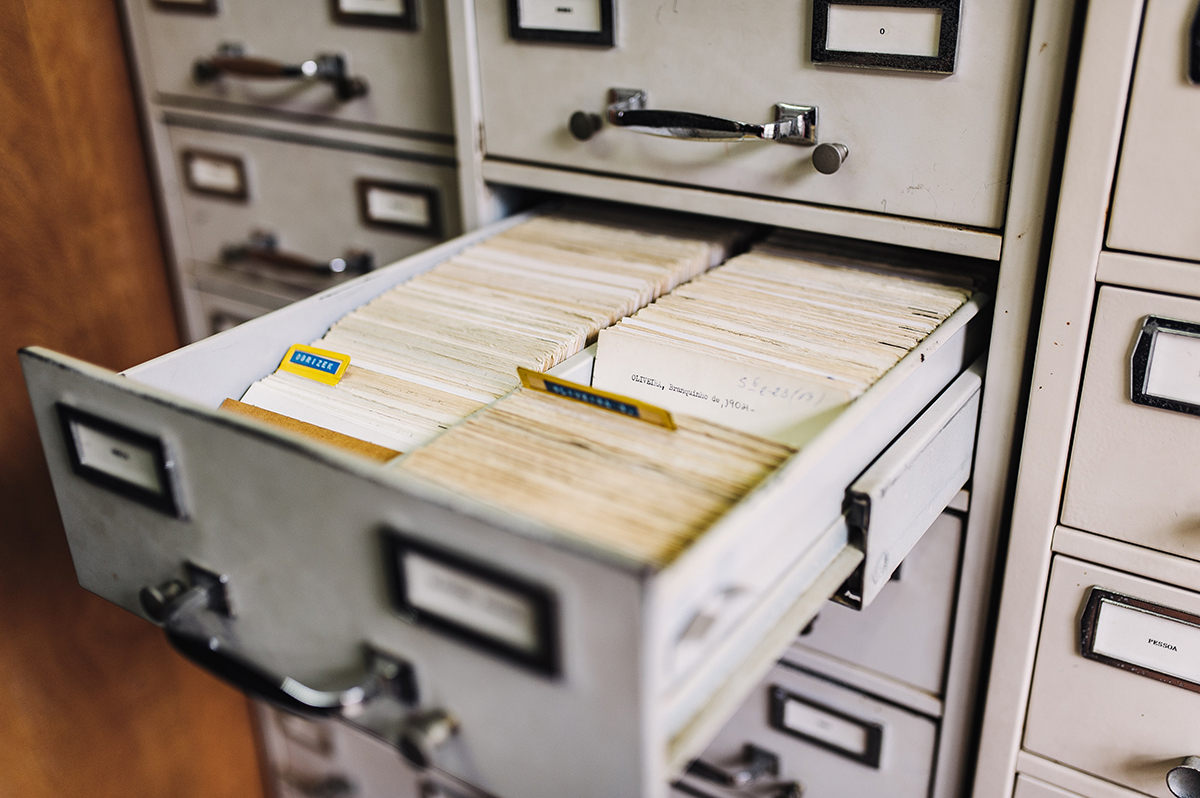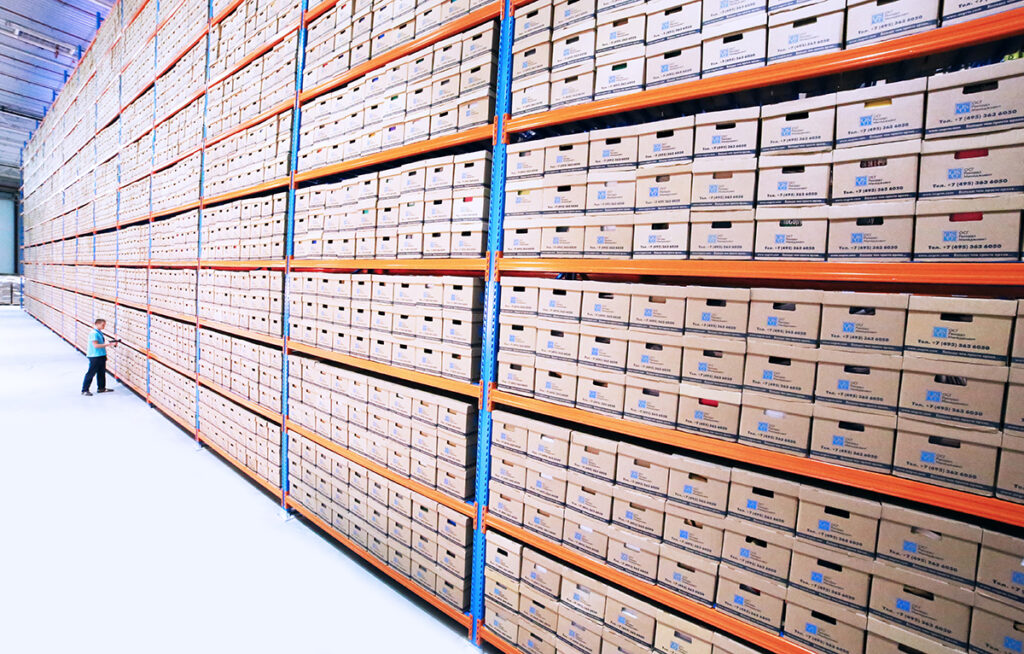Welcome to Records Management University, the world’s best and only entirely free course dedicated to serving Records Management professionals.
With many looking to keep their skills sharpened in this brave new world of Records Management, our digital course is the perfect opportunity to keep up with the changes in the work environment. RMU gives a global view of the benefits and challenges of being a Records Manager and covers many of the less-discussed areas and ideas in RM theory.
RMU is led by the Dean of Records Management Michael Edwards, and our latest addition and Director of Student Affairs Raymond Davis.
Picked by AIIM International as one of the Top 5 Best Records Management Resources, and with over 7,000 RM and IG professionals already signed up, RMU is an ever-expanding and well-regarded resource.
Making RM Education Fun
RMU was founded by Mitch Farbstein. His theory of education is simple: education needs to be fun, and students need theoretical frameworks with which to apply ideas.
That approach to education made RMU a truly unique experience. It’s one of the first things people notice about RMU — the classes are just different! There’s laughter, interesting ideas, and fun conversation. We continue this legacy today.
A Different Kind of Class
RMU began 6 years ago, and the format hasn’t changed. Each semester includes 5 or 6 classes that cover all aspects of Records Management, and each semester has a big theme to connect the ideas together.
The first semester’s theme was Jeeps. (Yes, Jeeps! We told you it is an unusual series.) Jeeps are unique among vehicles because they are truly modular. You can modify them to fit your unique needs and personality. Similarly, there’s no such thing as a one-sized-fits-all approach to RM.
Since then we’ve used themes from Famous Explorers to the World’s Most Famous Documents to lay the framework for his discussions around RM theory, technique, and technology.
Viewers find that RMU’s unusual style of teaching makes the viewer genuinely want to keep watching. For RMU, it’s all about building relationships between the subjects that we are teaching and topics that keep the students interested.
This Semester of RMU
This Spring 2021 semester is no exception. Encouraged to adapt to meet the changes in our global work environment, Dean Michael is focused on the technologies that make Records Management possible.
The topics and conversations will cover everything from the changed landscape of Records Management, to your role in it. RMU will spend these next 5 classes showing the viewer how to champion a socially distanced world of Records Management. You can tune in this spring.
Classes start soon, register today!
Every RMU session is pre-approved for 1 CRM Credit from the Institute of Certified Records Managers and can claim up to 5 CRM credits per semester. CUEs can also be applied to ARMA IGPs and AIIM CIPs.








